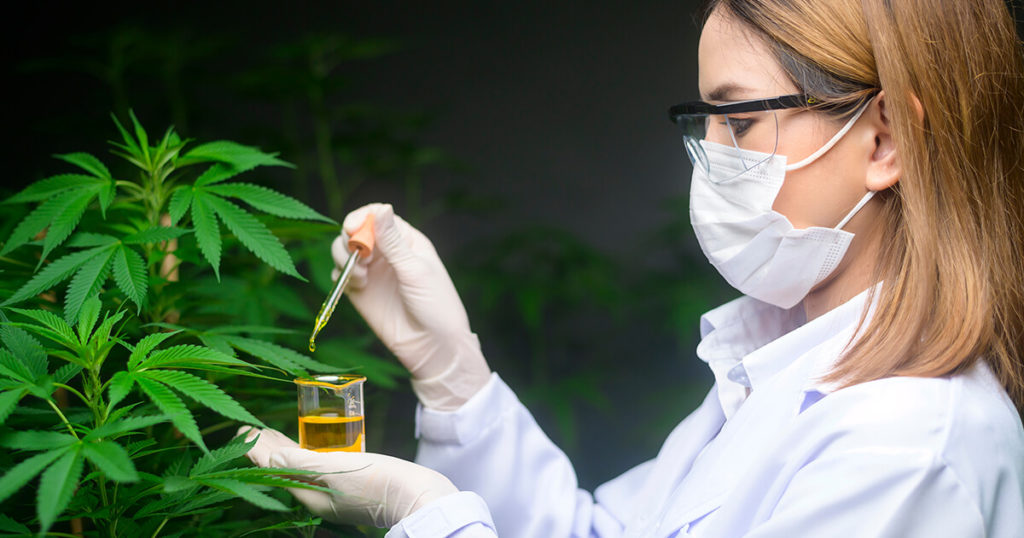For those new to cannabis or looking for a twist, extracts are quickly becoming the way to go. The use cases and high-quality offered by modern extraction allow for more products to hit the market along with greater potencies and inclusive technology for those with lung conditions.
Not only are concentrates effective and exciting—they are also discreet. Cannabis concentrates offer opportunities to medicate in settings where sparking up is not acceptable or may put others at risk.
Whether you’re building a topical cream, cooking an edible, or packing a vape cartridge, you will still begin with high-quality cannabis. The next steps for concentrating your cannabinoids are up to you. This blog details three of the top cannabis concentration techniques on the market right now and how each stacks up in the pursuit of the perfect extract.
As with all cannabis products (regardless of their processing stage), proper equipment, standard operating procedures, and quality control will dictate how effective and safe your final product will be.
Top 3 Cannabis Concentrate Techniques:
Hydrocarbon Extraction
To extract for potency, utilizing hydrocarbons like butane, hexane, and propane can yield upwards of 90% THC content in the final product. If you’ve heard cannabis described as “gas,” this takes it to the literal level.
[Check out our article on high-THC extraction here!]
In a glass tube, plant matter is combined with hydrocarbons and allowed to infuse. Sometimes, multiple hydrocarbons are used for a greater range of available cannabis concentrates. Following infusion, the mixture is heated to a precise temperature to allow for the hydrocarbons to evaporate as cannabis concentrate is left behind. Pesticides and other residual plant contaminants are likewise destroyed during this heating, leaving behind only a rose gold substance called BHO, or Butane Hash Oil.
This method is convenient, produces a ready-to-use product, and can easily reach a sublime potency. However, the precise temperatures involved make for a selective process—not to mention the difficulty in making consumable products from fuel.
Ethanol Extraction
Making cannabis concentrate with ethanol extraction involves the same process as hydrocarbon extraction, only ethanol is used in place of hydrocarbons. The method works much faster than hydrocarbon extraction, but additional unwanted chemicals are also extracted due to the higher polarity of ethanol. These could be chlorophyll, tannins, or other pigments—all of which make for an inferior cannabis extract.
Filtering these additional compounds is easy with activated carbon or filtration. Still, the extra step and higher likelihood of contamination mean producers must balance the turnaround time advantage against the greater need for chemical precision.
Supercritical CO2 Oil
The previous two examples each ran into the problem of both harsh chemicals and the need to “clean up” products left behind to separate them from harmful residuals. Supercritical CO2 avoids these complicated and potentially dangerous mixtures by instead pressurizing near-frozen carbon dioxide until it reaches a liquid state.
This solvent will then be poured over the cannabis product and can be naturally evaporated by allowing the chilled and pressurized CO2 to return to its natural gaseous state.
The temperature of the solvent plays an important role that makes this one of the leading techniques today—low temperature means better preservation of the natural oils and terpenes in the cannabis flower, resulting in a more well-rounded product with authentic flavors.
The downside would be the expensive equipment required for the physical conversion of carbon dioxide into a liquid form. Still, the low environmental cost and reduction in harmful extractions make this method attractive to mindful producers who want to offset their emissions!
These three methods are just a few of the techniques that leading cannabis producers use daily to create new products we are coming to enjoy. Your local growers are weighing the options and technologies available to make better, more potent, and better-tasting cannabis concentrate products suited to the biomass and technology they have available.
As with any compliant producer, look for signs that they are open and proud of their processes. A clean, well-run facility will have minimal callbacks and a detailed analysis of their products. Better methods make for a better product, better highs, and a better community.
Learn more about unique terpenes, extraction, and cannabis news at the Beard Bros Pharms website.
















